Myths and Facts About Stray Animals
When it comes to stray animals, misinformation often leads to negative attitudes and actions toward them. This article aims to debunk some of the common myths and shed light on the facts, providing insight into the various issues surrounding stray animals.
Myths Surrounding Stray Animals
- Stray Animals Are Aggressive:
- Many believe that stray animals are inherently dangerous or aggressive. However, like domesticated animals, their temperament largely depends on their upbringing and environment.
- Stray Animals Are Disease-Ridden:
- While stray animals might be at a higher risk for certain diseases due to lack of care, it’s a myth that they are all diseased.
- Stray Animals Are a Nuisance:
- Often labeled as nuisances, stray animals are merely trying to survive. The perceived nuisance is a result of overpopulation and lack of stray animal control.
- No One Cares for Stray Animals:
- Various organizations and individuals are tirelessly working to alleviate stray animal issues. Efforts are being made globally, reflecting a growing concern for stray animals’ wellbeing.
Facts and Figures: The Reality of Stray Animals’ Existence
- Population Statistics:
- Stray animal data sets reveal that the global population of stray animals continues to rise, with the World Health Organization (WHO) estimating over 200 million stray dogs around the world. In the United States, the stray animal population is also significant, though exact numbers are difficult to determine. Each year, there are over 6.5 million stray animals living in shelters.
- Financial Aids:
- Financial aid that stray animals receive comes from various sources including government grants, private donations, and nonprofit organizations. These funds are utilized for shelters, food, medical care, and spay/neuter programs.
- Stray Animal Adoption:
- Stray animal adoption is encouraged as a humane solution to the overpopulation issue. Adopting stray animals not only gives them a second chance but also alleviates the strain on animal shelters. Adopting a stray animal could be a life-changing experience.
- Impact on Cities:
- The effects of stray domestic animals on a city can be substantial. They include overpopulation, the spread of diseases, and increased municipal costs for animal control efforts.
- Current Measures:
- Various measures are being taken to address stray animal issues. From spay/neuter initiatives to stray animal control programs, efforts are ongoing to provide strays with better lives.
- The Indian Scenario:
- In India, the stray animal problem and solution are closely tied to community awareness, governmental policies, and active participation from animal welfare organizations. Here’s how you can help.
- Mortality Rates:
- It’s heartbreaking to know how many stray animals die each year. Though exact figures are hard to come by, the mortality rate among stray animals is high due to the various adversities they face. It’s estimated that 2.7 million stray animals die each year because shelters are too full.
Understanding the actual circumstances of stray animals in the US and around the world helps foster a more empathetic and proactive approach toward solving the issues they face. Learn more about the consequences of neglect and abuse towards stray animals, and how you can help.
At Stray Animal Foundation of India (SAFI), we are focused on helping stray animals in India receive the care and support they need. We work tirelessly to restore compassion to India’s relationship with its stray animals and ease the strain on the country’s overburdened shelter network. We do this in many different ways, including providing funding, shelter infrastructure, organizational support, vet care, supplies, guidance, resources, education, manpower, and more.
We rely on charitable contributions to continue the crucial work that we do, and 100% of contributions are deployed in the field. These donations directly affect the number of strays we are able to rescue, treat, and shelter. You can help us make a difference in the lives of India’s animals by donating to our cause today!
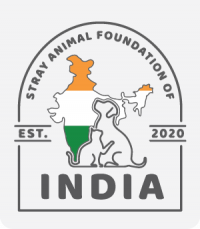

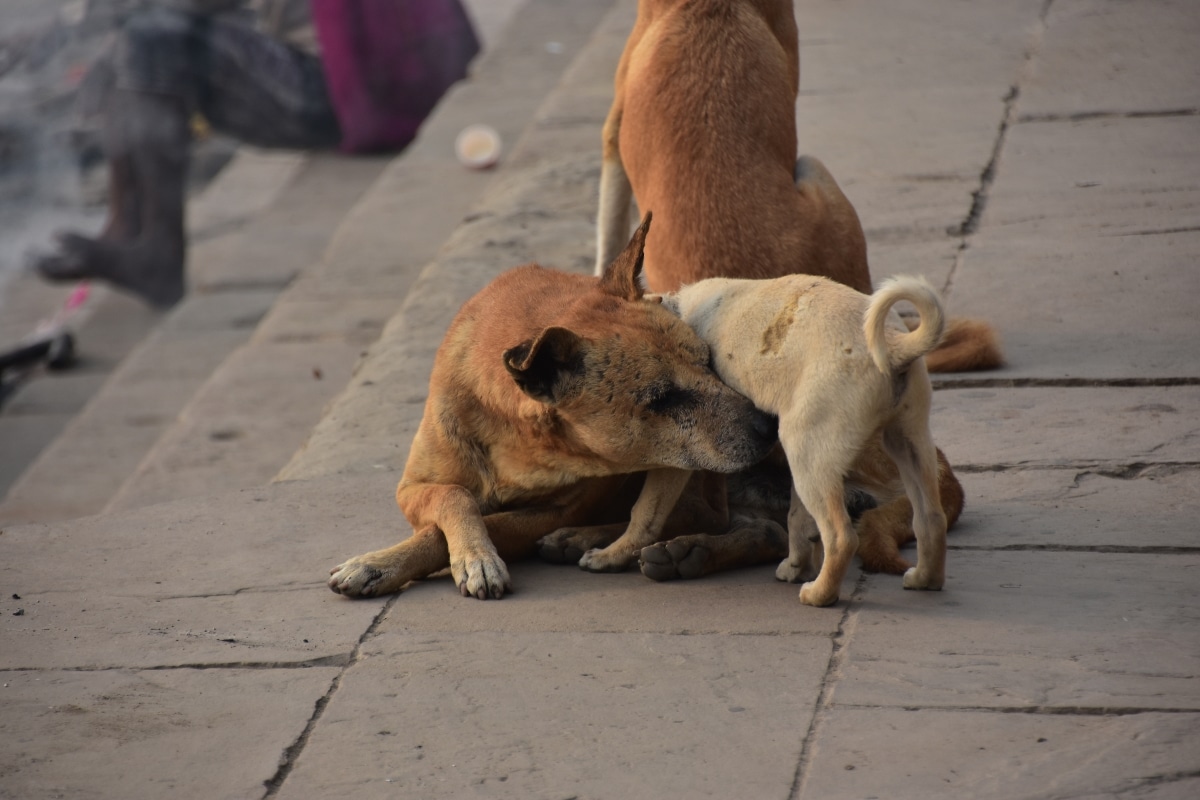

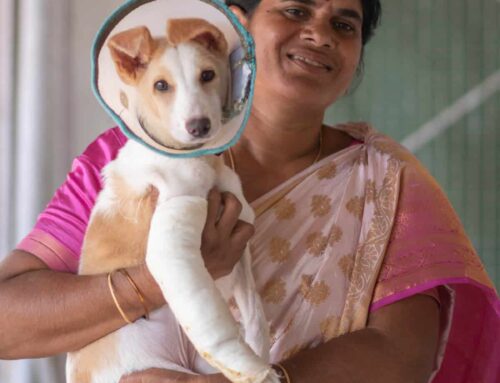
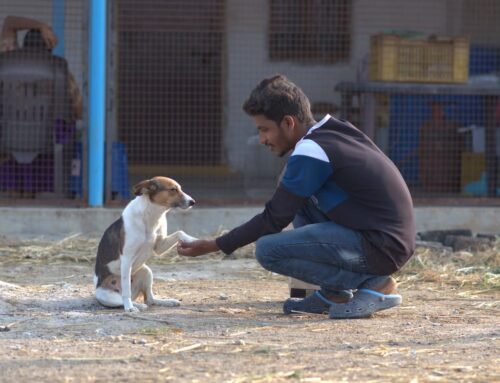
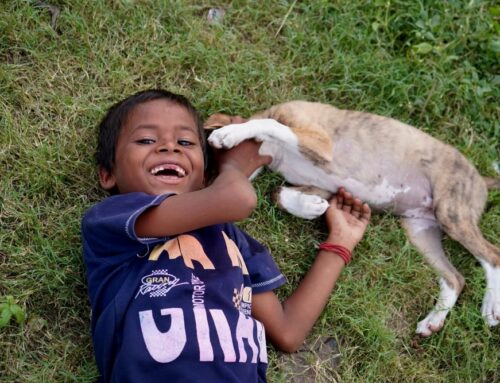




Leave A Comment